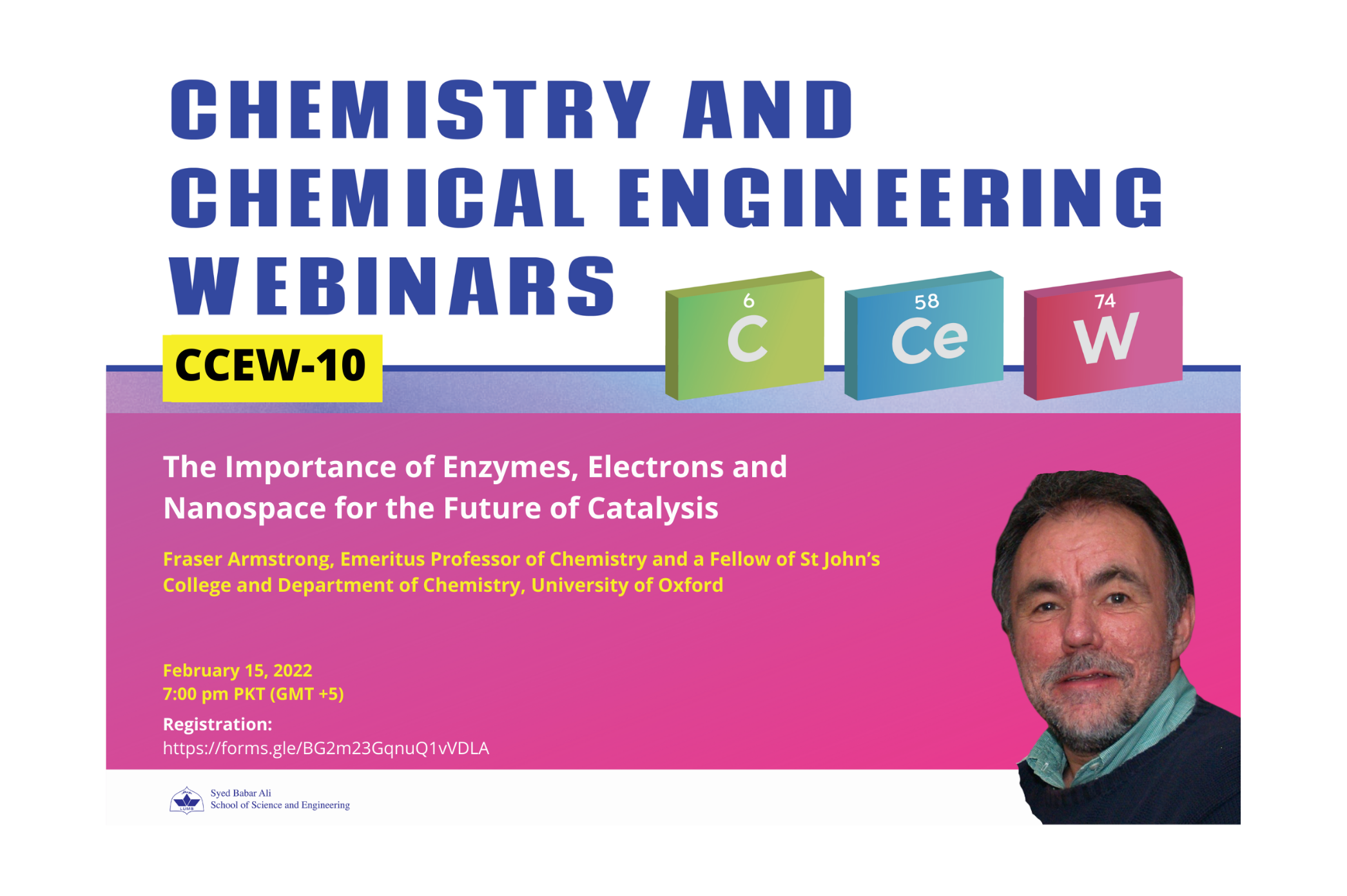
CCEW-10: The Importance of Enzymes, Electrons and Nanospace for the Future of Catalysis
Fraser Armstrong is Emeritus Professor of Chemistry and a Fellow of St John’s College. His interests are in biological chemistry, bioenergetics and in the mechanisms and exploitation of enzymes related to energy production.
He has received a number of awards including the European Award for Biological Inorganic Chemistry, the Carbon Trust Innovation Award, the Max Planck Award for Frontiers in Biological Chemistry and the Royal Society of Chemistry Award for Interdisciplinary Chemistry.
He travels widely giving invited lectures on topics including catalysis, bioenergetics and renewable energy. He is co-editor of Energy … beyond oil which focuses on alternative energy-generating technologies.
Fraser has been elected Fellow of the Royal Society.

